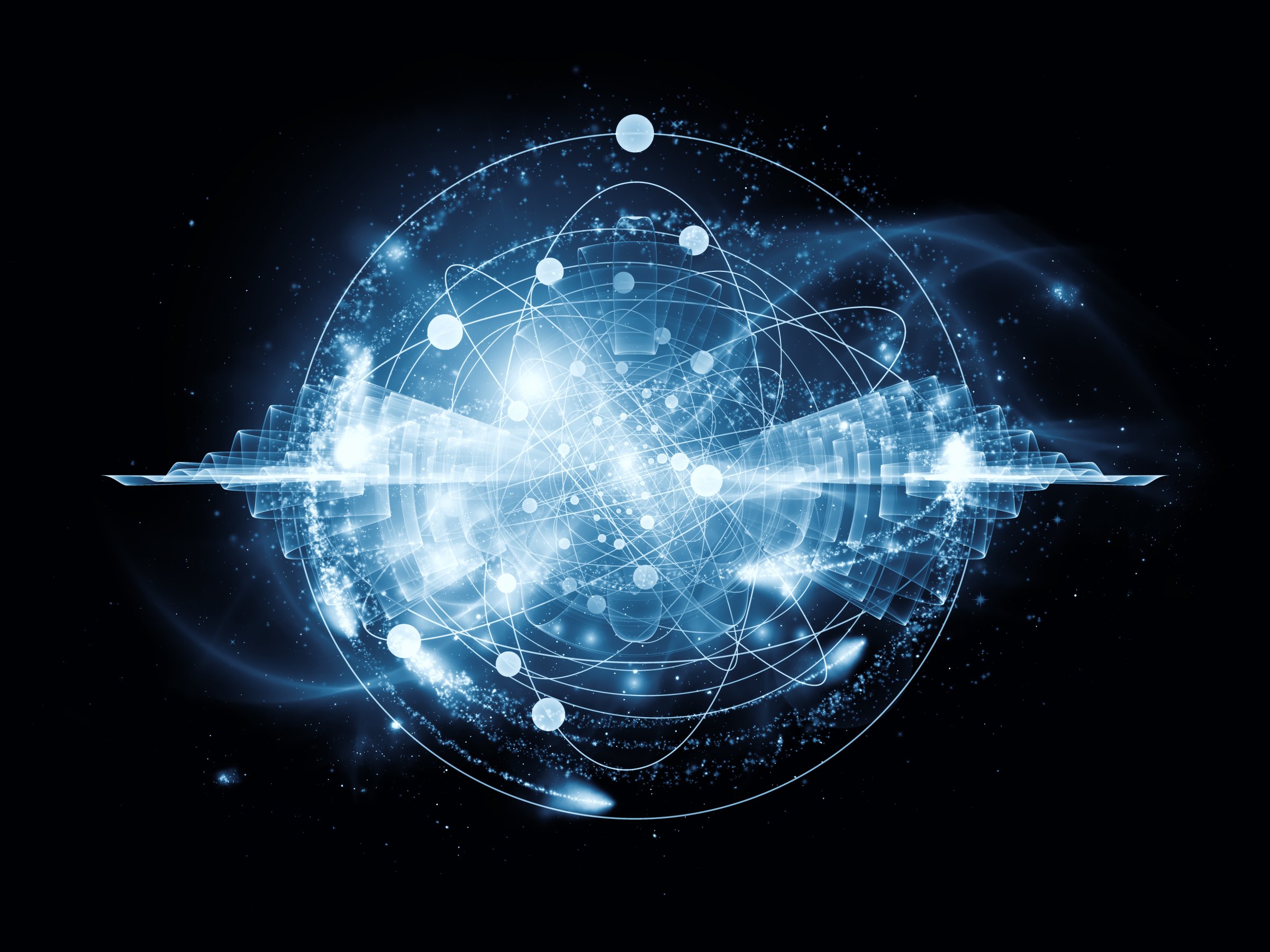September 11, 2023 12:00 PM / Scientists
Special FIAS Seminar in Theoretical Physics
Dr. Manpreet Kaur: Symmetry energy of finite nuclei

Venue: FIAS lecture hall
Dr. Manpreet Kaur from the Department of Physics, Indian Institute of Technology Ropar, India talks about "Symmetry energy of finite nuclei" on Monday, 11 September 2023, at 12 noon.
Abstract:
The nuclear symmetry energy plays a pervasive role extending from the structure of exotic nuclei, dynamics of asymmetric heavy ion reactions to the neutron stars. The availability of radioactive ion beams has opened up the path to explore the symmetry energy of exotic nuclei having large isospin asymmetry. An important feature of these exotic nuclei is the evolution of new magic number accompanied by quenching of classical ones. So far, most of the studies related to evolution of new shell closures are limited to light exotic nuclei while only a few inquiries are available in mid mass exotic nuclei. Moreover, it is intriguing to study rare earth nuclei (mid mass region), which are of particular interest to explore the enigmatic peak at A ~ 160 in the abundance curve. Keeping it into view, we have investigated the evolution of volume and surface symmetry energy in the isotopic chains of rare earth nuclei – Nd, Sm, Gd, Dy by using relativistic mean field (RMF) model [1, 2] and coherent density fluctuation model [3-5]. The results present a significant evidence of the existence of deformed shell closure at neutron number N = 100 in these nuclei via persistence of a peak at N = 100 in the symmetry energy [4]. This result is in consonance with our earlier prediction of deformed shell closure at N = 100 in 162Sm [6] and further reinforced by the experimental verification of the same in N =100 isotones [7]. An important consequence of the work is that N = 100 isotopes of these nuclei can serve as a waiting point in r-process nucleosynthesis and influence the heavy nuclei formation in astrophysical entities. The thermal evolution of symmetry energy is also studied. It shows that at T = 3MeV, the peak at N = 100 disappears which may be due to shape change in addition to quenching of shell effects since the quadrupole deformation parameter (β2) decreases with increasing temperature and β2 = 0 at T = 3 MeV [5]. It indicates correlation between symmetry energy and shape/deformation of the nuclei. In another work, we have developed relativistic density functional [8], having an edge over Brückner’s density functional [9] for symmetry energy calculations, since it resolves the Coster-Band problem. The nuclear matter parameters like incompressibility, neutron pressure, symmetry energy, and its derivatives are calculated. These nuclear matter parameters are folded with the weight function, calculated by RMF densities, within the coherent density fluctuation model to find the properties of closed or semi closed-shell even-even 16O, 40Ca, 48Ca, 56Ni, 90Zr, 116Sn, and 208Pb nuclei. The values obtained for the neutron pressure PA, symmetry energy SA, and its slope parameter LA sym lie within a narrow domain while there is a large variation in isoscalar incompressibility KA and surface incompressibility KA sym while moving from light to heavy nuclei. The sizable variation in KA and KA sym for light and heavy nuclei depicts their structural dependence due to the peculiar density distribution of each nucleus. A comparison of these surface quantities calculated with relativistic density functional has also been made with ones obtained via Brückner energy density functional.
References:
- R. J. Furnstahl, B. D. Serot, H. B. Tang, Nucl. Phys. A 615, 441 (1997).
- B. Kumar, S. K. Patra, B. K. Agrawal, Phys. Rev. C 97, 045806 (2018).
- A. N. Antonov et al., Phys. Rev. C 98, 054315 (2018).
- M. Kaur, S. K. Patra et al., J. Phys. G: Nucl. Part. Physics 47, 105102 (2020).
- M. Kaur, S. K. Patra et al., Nucl. Phys. A 1000, 121871 (2020).
- S. K. Ghouri et al., Phys. Rev. C 85, 064327 (2012).
- Z. Patel et al., Phys. Rev. Lett. 113, 262502 (2014).
- A. Kumar, M. Kaur, S. K. Patra et al., Phys. Rev. C 103, 024305 (2021).
- K. A. Brueckner et al., Phys. Rev. 171, 1188 (1968).